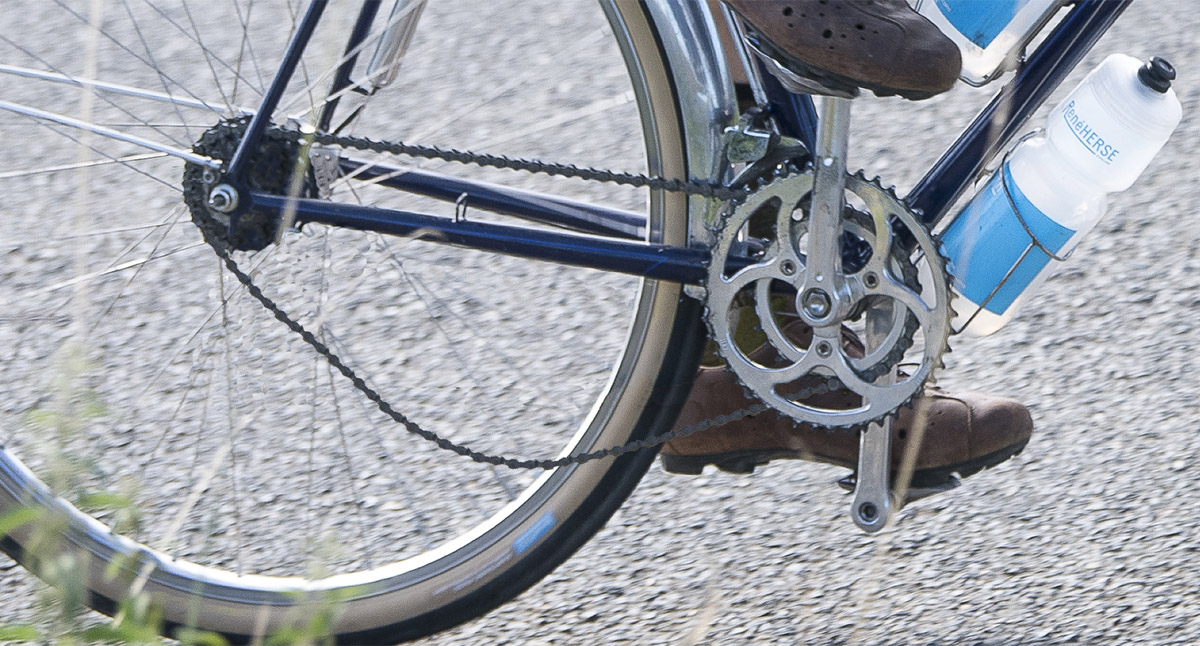Analog Simplicity: Rene Herse Floating Chain
Seattle, April 1, 2024: Now that the Nivex derailleurs have been in production for a while, Rene Herse is taking analog shifting to the next level with the Floating Chain. This system is lighter, has less resistance and costs far less than all derailleur systems available today.
Jan Heine, head of R&D at Rene Herse Cycles, explained: “One-by drivetrains have simplified bicycle gearing, but it’s time to go a step further. Most cyclists need only three gears: one for uphills, one for flat roads, and one for downhills. The steps between these gears tend to be relatively large. Large steps between three gears are easiest to accommodate on the front, with a triple crank. So we’ve effectively turned the one-by around and put all the gears on the front.”
The Floating Chain system uses a triple crank and just a single-speed freewheel on the rear. As an added benefit, front derailleurs are lighter, more reliable, and less prone to damage when the bike falls over.
In the interest of keeping the system simple and to reduce mechanical resistance to a minimum, there is no chain tensioner. The chain length is selected for the big chainring, and it’s allowed to float freely when it runs on one of the smaller chainrings. There is no need to keep the lower chain run tensioned, as long as you don’t backpedal for more than half a revolution of the cranks.
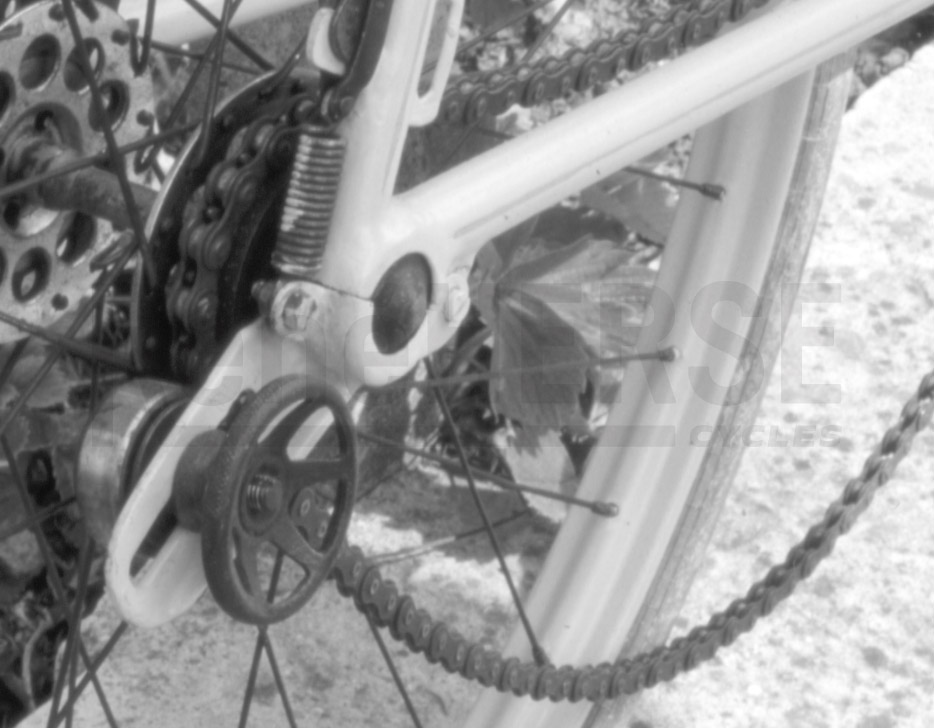
To prevent the chain from riding up and skipping on the rear cog, a small ball bearing is mounted on the Rene Herse Floating Chain rear dropout. This forces the chain to remain meshed with the cog at all times. The ball bearing is adjustable to accommodate different-sized freewheel cogs.
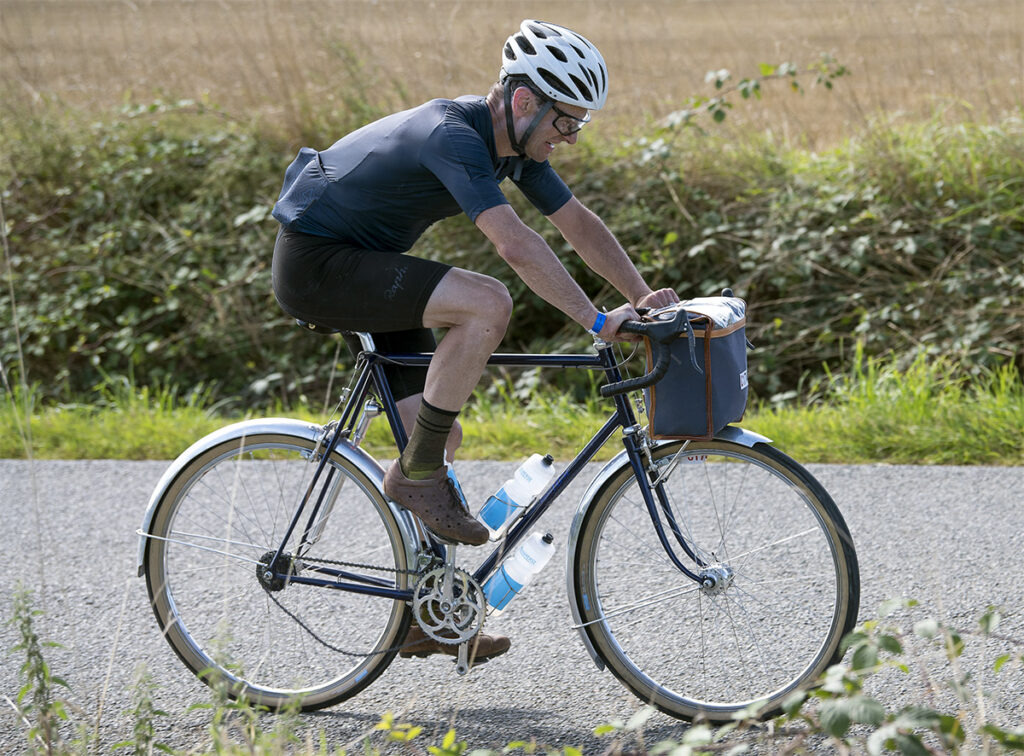
Before introducing the Floating Chain, Rene Herse has tested the system over thousands of miles on challenging terrain. To keep the Floating Chain secret, the testing was done at night. During last year’s Paris-Brest-Paris (above), Jan switched bikes at controls. Throughout the nights, he rode a prototype frame equipped with the floating chain, to test the system under real-world conditions. And since Jan prefers to coast in the aero tuck on downhills, he was happy to run just two chainrings (and two gears). The photo above shows him during the early morning hours, just before the change to his standard, Nivex-equipped Rene Herse. “None of the randonneurs I rode with at night noticed the Floating Chain,” he reported after the 1200-km ride: “The Floating Chain shifts very smoothly and quietly.”
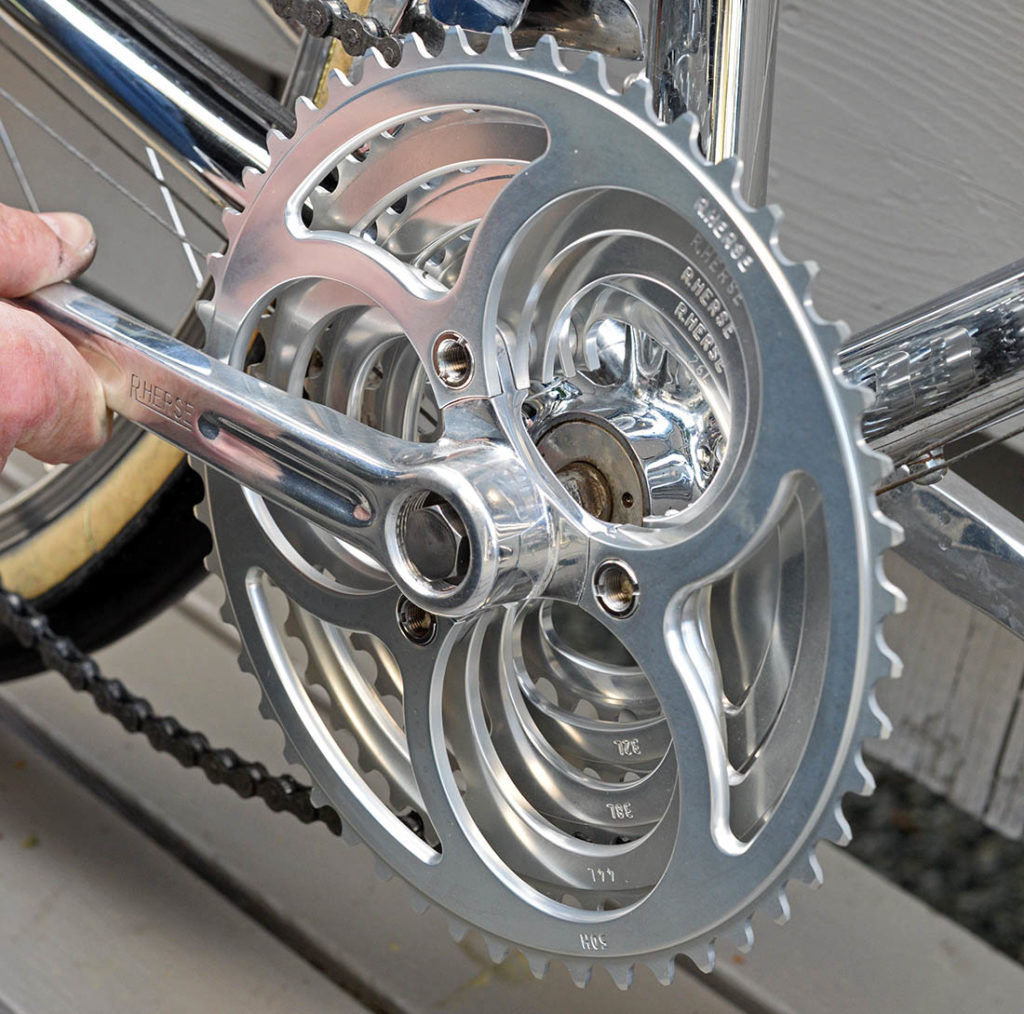
For riders who need more than two or three gears, Rene Herse offers quadruple and quintuple cranks. This allows riders to customize their gearing with the Floating Chain system.
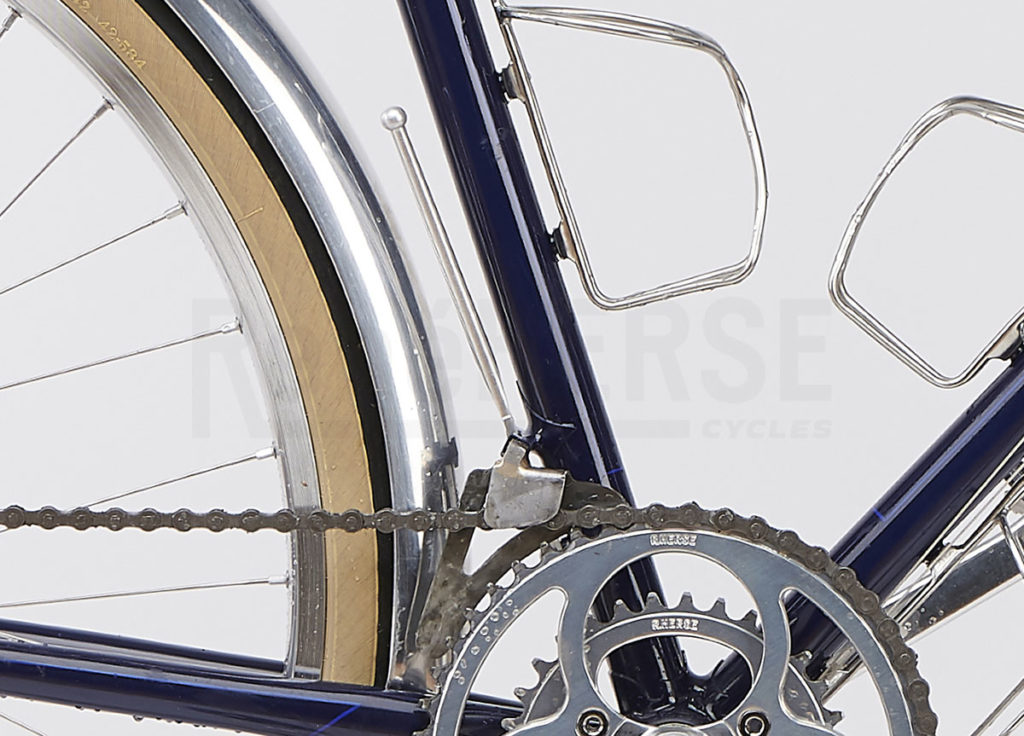
The rod-operated Rene Herse front derailleur, which is in the prototype stage, is a perfect complement for the simplicity of the Floating Chain. It makes separate shift levers and derailleur cables redundant, for additional weight savings. And since derailleur cables can break, eliminating them further improves reliability.
Riders who want to simplify their drivetrain even further can leave off the front derailleur altogether and move the chain with their fingers. This provides the ultimate analog shifting experience.
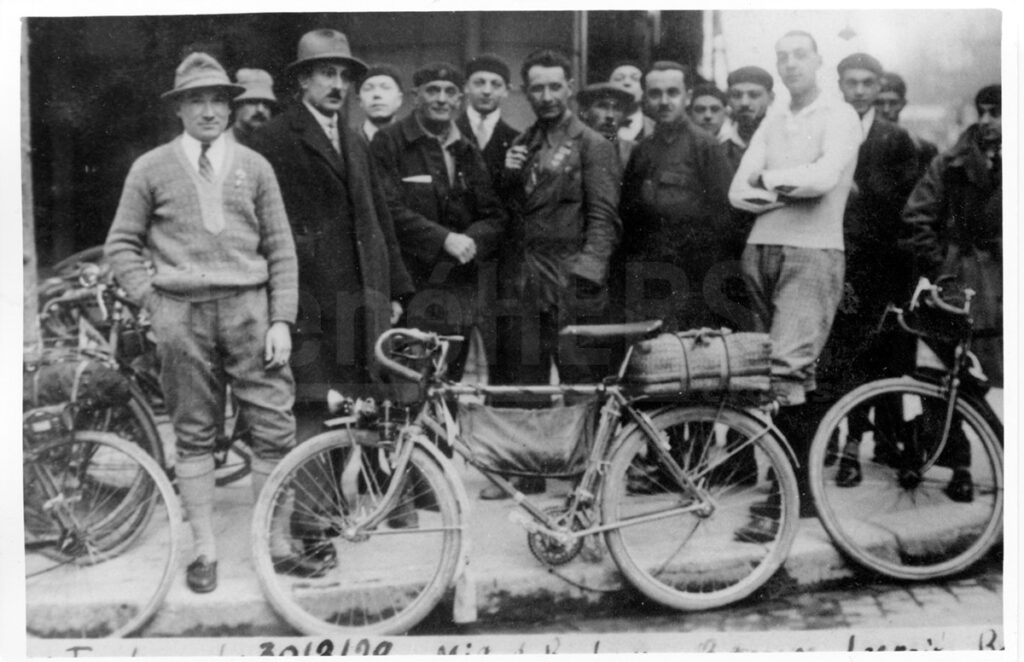
The Floating Chain is not a new idea, but tried-and-true technology. Many decades ago, a small group of cyclists became devoted proponents of this simple, ingenious system, together with other revolutionary ideas. The photo above shows a prototype Floating Chain bikepacking bike. The bike also features a framebag and a Tailfin rack system on the rear—both ideas that have been adopted by the mainstream industry. Why has the Floating Chain been kept out of the news?
The answer is simple: There aren’t any parts to sell, apart from the rear dropout with the ball bearing that prevents the (floating) chain from skipping on the rear cog. That means the industry has little interest in promoting the Floating Chain, especially since the system is lighter and has less mechanical resistance than expensive and complex derailleur and hub gear systems.
At Rene Herse Cycles, we don’t want to sell you anything you don’t need, so we’ve decided to make the Floating Chain available to all cyclists interested in the ultimate analog cycling experience. The new Floating Chain dropouts are now available as part of the Rene Herse line of framebuilding parts.


